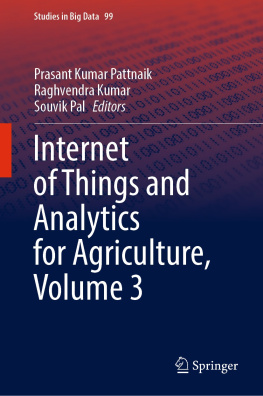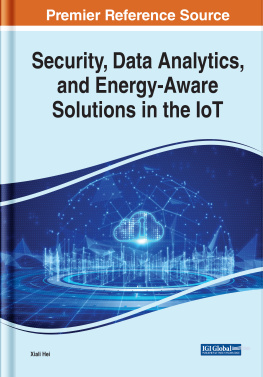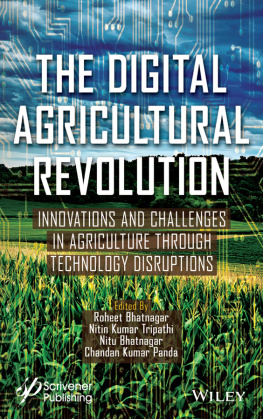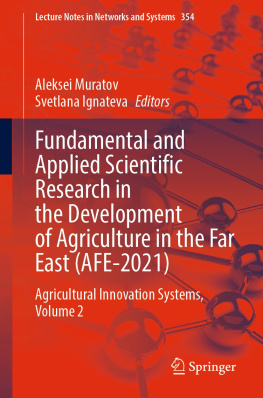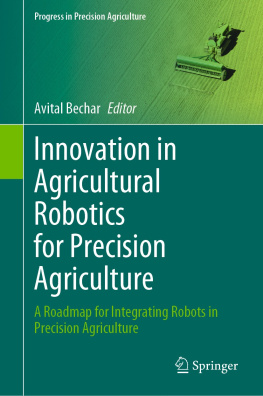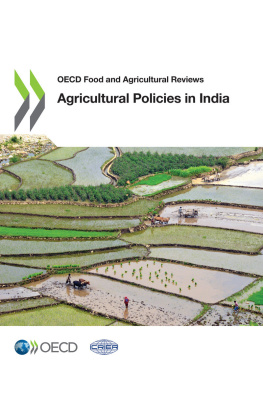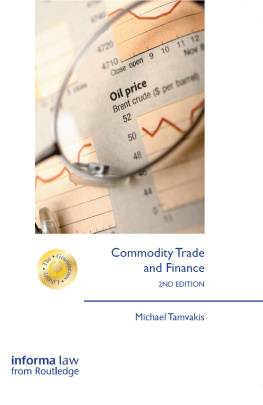Volume 99
Studies in Big Data
Series Editor
Janusz Kacprzyk
Polish Academy of Sciences, Warsaw, Poland
The series Studies in Big Data (SBD) publishes new developments and advances in the various areas of Big Data- quickly and with a high quality. The intent is to cover the theory, research, development, and applications of Big Data, as embedded in the fields of engineering, computer science, physics, economics and life sciences. The books of the series refer to the analysis and understanding of large, complex, and/or distributed data sets generated from recent digital sources coming from sensors or other physical instruments as well as simulations, crowd sourcing, social networks or other internet transactions, such as emails or video click streams and other. The series contains monographs, lecture notes and edited volumes in Big Data spanning the areas of computational intelligence including neural networks, evolutionary computation, soft computing, fuzzy systems, as well as artificial intelligence, data mining, modern statistics and Operations research, as well as self-organizing systems. Of particular value to both the contributors and the readership are the short publication timeframe and the world-wide distribution, which enable both wide and rapid dissemination of research output.
The books of this series are reviewed in a single blind peer review process.
Indexed by SCOPUS, EI Compendex, SCIMAGO and zbMATH.
All books published in the series are submitted for consideration in Web of Science.
More information about this series at https://link.springer.com/bookseries/11970
Editors
Prasant Kumar Pattnaik , Raghvendra Kumar and Souvik Pal
Internet of Things and Analytics for Agriculture, Volume 3
1st ed. 2022

Logo of the publisher
Editors
Prasant Kumar Pattnaik
School of Computer Engineering, KIIT University, Bhubaneswar, India
Raghvendra Kumar
Department of Computer Science and Engineering, GIET University, Gunupur, India
Souvik Pal
Department of Computer Science and Engineering, Global Institute of Management and Technology, Nadia, West Bengal, India
ISSN 2197-6503 e-ISSN 2197-6511
Studies in Big Data
ISBN 978-981-16-6209-6 e-ISBN 978-981-16-6210-2
https://doi.org/10.1007/978-981-16-6210-2
The Editor(s) (if applicable) and The Author(s), under exclusive license to Springer Nature Singapore Pte Ltd. 2022
This work is subject to copyright. All rights are solely and exclusively licensed by the Publisher, whether the whole or part of the material is concerned, specifically the rights of translation, reprinting, reuse of illustrations, recitation, broadcasting, reproduction on microfilms or in any other physical way, and transmission or information storage and retrieval, electronic adaptation, computer software, or by similar or dissimilar methodology now known or hereafter developed.
The use of general descriptive names, registered names, trademarks, service marks, etc. in this publication does not imply, even in the absence of a specific statement, that such names are exempt from the relevant protective laws and regulations and therefore free for general use.
The publisher, the authors and the editors are safe to assume that the advice and information in this book are believed to be true and accurate at the date of publication. Neither the publisher nor the authors or the editors give a warranty, expressed or implied, with respect to the material contained herein or for any errors or omissions that may have been made. The publisher remains neutral with regard to jurisdictional claims in published maps and institutional affiliations.
This Springer imprint is published by the registered company Springer Nature Singapore Pte Ltd.
The registered company address is: 152 Beach Road, #21-01/04 Gateway East, Singapore 189721, Singapore
Preface
Edited book aims to bring together leading academicians, scientists, and researchers to exchange and share their experiences and research results on all aspects of Internet of Things analytics for agriculture. It also provides a premier interdisciplinary platform to present and discuss the most recent innovations, trends, and concerns as well as practical challenges encountered and solutions adopted in the fields. The book is organized into seventeen chapters.
Chapter proposed IoT-based framework which consists of a coherent architectural viewpoint of the functional system. The proposed functional framework is useful in organic farming, monitoring of water, fertilizers, pesticides, crop yield and growth, etc. The framework provides timely valuable analysis-based help to enhance the agriculture production with quality of product and improve financial paradigm of farmers.
Chapter discusses the comprehensive review of available IoT solution in the areas of the agriculture which is presented. Some of the major targeted areas in the agriculture are selected, e.g., soil health monitoring, crop health monitoring, IoT-based smart irrigation, and real-time weather forecasting where automation can be implemented.
Chapter gives an insight of the fundamentals of machine learning and deep learning with the emphasis on their application for AI implementation in the field of agri-food material handling. Popular ML algorithms, viz. support vector machine (SVM), K-nearest neighbor (KNN), artificial neural networks (ANN), decision trees, and convolutional neural networks (CNN), are discussed as feature description methods for classification and recognition, based on the product images.
Chapter proposed IoT-based supply management system that could significantly contribute to improving the coordination of different strategic and operations units because of its remote operating ability. A strong coordination system among the different channels is the prime requirement of such a supply chain management system (SCMS). Coordination among the different channels can automatically improve the SCMS working efficiency in terms of operational and strategic decisions and timely delivery of goods on a priority basis.
Chapter analyzed the sensed data and machine learning approaches used in agro-IoT. Some of the machine learning algorithms are available for predicting the solution to the agriculture problems. ML algorithms learn from the given data and make the predictions precisely. A combination of optimized CNN model with deep learning neural network model provides promising results for IoT-based smart farming system.
Chapter gives an insight about the current farming practices and several challenges that the farmers are currently facing. It also projects how to bridge the gap between these agricultural problems and challenges with the emergence of the IoT and AI technologies to sustain precision agriculture.
Chapter focused on how smart farming is digitally transforming using emerging technologies such as machine learning, IoT, computer vision, and unmanned aerial vehicles. Several key challenges for adopting smart farming are also discussed for providing sufficient information before actual implementation.
Chapter deals with the above-said drawback by implementing an agricultural business model which facilitates the farmers to know their crop and the market better. The farmers can grow and cultivate crops according to the market demands, thus leading to a good financial prospect and lesser loss.

